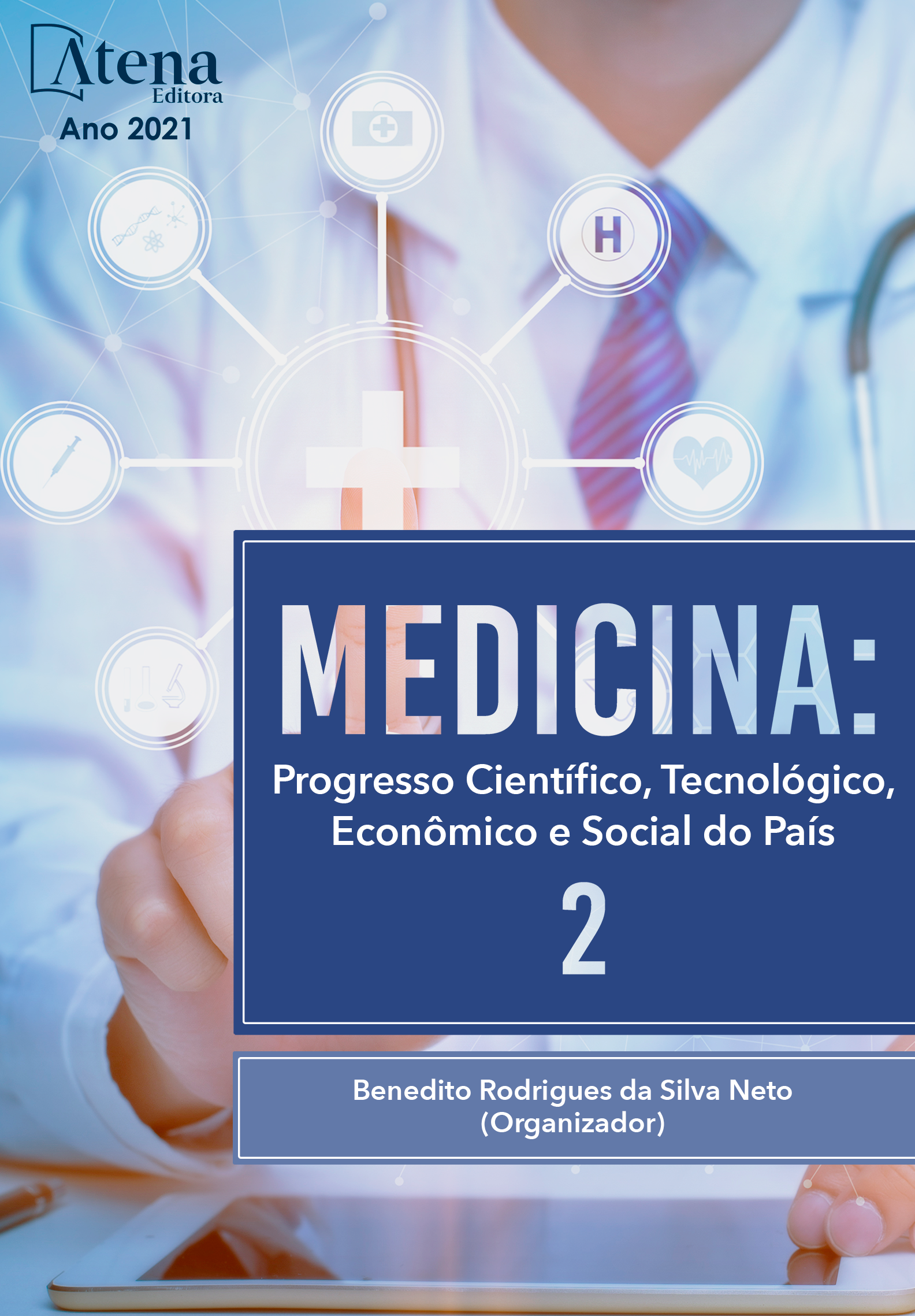
SÍNDROME METABÓLICA X E RESISTÊNCIA À INSULINA EM INDIVÍDUOS DE CARUARU-PE METABOLIC SYNDROME X AND INSULIN RESISTANCE IN INDIVIDUALS FROM CARUARU-PE
Resistência à insulina (RI) tem estado no cerne fisiopatológico da Síndrome Metabólica X (SMX). Contudo, este distúrbio não tem sido mais investigado como um fator característico para o diagnóstico da SMX e sua associação com esta síndrome e com os fatores de risco cardiovascular que a compõem pode atualmente estar subestimada. Assim, foi objetivo deste estudo analisar a relação entre SMX, fatores lipídicos de risco cardiovascular (RCV) e RI em indivíduos de Caruaru-PE. Foi realizado um estudo transversal com a participação de 1500 voluntários adultos, após aprovação em Comitê de Ética em Pesquisa. Amostras sanguíneas foram coletadas em jejum e foram avaliadas as concentrações de Glicose, Insulina e Perfil Lipídico. RI foi avaliada conforme os valores de HOMA-RI e SMX foi diagnosticada segundo consenso da Federação Internacional de Diabetes e Associação Americana de Cardiologia. Índices lipídicos de RCV foram calculados. A prevalência de RI foi considerada alta (31,5%) nesta população. Ademais, RI apresentou uma razão de chance igual a 5 (p < 0,0001) para a presença de SMX. Indivíduos resistentes à insulina tiveram significativamente maiores concentrações de colesterol total, LDL-colesterol, VLDL-colesterol e triglicerídios, e menores de HDL-colesterol, quando comparados com indivíduos insulino-sensíveis. Resistentes à insulina também apresentaram maiores índices lipídicos de RCV. Inclusive, estes índices correlacionaram-se positivamente, e significativamente, com os valores de HOMA-RI. Portanto, o presente estudo mostra que a RI pode estar presente em um terço dos indivíduos dessa população; e sugere que estes indivíduos podem vir a se tornar uma população mais propensa a desenvolver doenças cardiovasculares, devido à relação encontrada entre RI e os altos índices lipídicos de RCV, e mais propensa à SMX, desde que, na presença de RI, houve cinco vezes mais chance de se estar com esta síndrome.
SÍNDROME METABÓLICA X E RESISTÊNCIA À INSULINA EM INDIVÍDUOS DE CARUARU-PE METABOLIC SYNDROME X AND INSULIN RESISTANCE IN INDIVIDUALS FROM CARUARU-PE
-
DOI: 10.22533/at.ed.61621080622
-
Palavras-chave: Resistência à Insulina; Síndrome Metabólica X; Risco Cardiovascular; Índices Lipídicos.
-
Keywords: Insulin Resistance; Metabolic Syndrome X; Cardiovascular Risk; Lipid Indexes.
-
Abstract:
Insulin resistance (IR) has been at the pathophysiological core of the Metabolic Syndrome X (MSX). However, this disorder has not been further investigated as a characteristic factor for the diagnosis of MSX, and its association to this syndrome and to the cardiovascular risk (CVR) factors that comprise it may currently be underestimated. Thus, the aim of this study was to analyze the relationship between MSX, CVR lipid factors, and IR, in individuals from Caruaru-PE. A cross-sectional study was carried out with the participation of 1500 adult volunteers, after approval by the Research Ethics Committee. Blood samples were collected and were assessed fasting glucose concentrations, insulin and lipid profile. IR was assessed according to the values of HOMA-IR, and MSX was diagnosed according to the consensus of the International Diabetes Federation and the American Heart Association. CVR lipid indexes were calculated. The prevalence of IR was considered high (31.5%) in this population. In addition, IR presented an odds ratio equal to 5 (p <0.0001) for the presence of MSX. Insulin-resistant individuals had significantly higher concentrations of total cholesterol, LDL-cholesterol, VLDL-cholesterol and triglycerides, and lower HDL-cholesterol, when compared to insulin-sensitive individuals. Insulin resistant also showed higher lipid index of RCV. In fact, these indexes correlated positively, and significantly, with the values of HOMA-IR. Therefore, the present study shows that IR can be present in one third of the individuals from this population; and it suggests that these individuals may become a population more likely to develop cardiovascular diseases, due to the relationship found between IR and the high lipid indexes of CVR, and more likely to MSX, since, in the presence of IR, there was five times more likely to have this syndrome.
-
Número de páginas: 11
- Vera Lúcia de Menezes Lima
- JANAÍNA KARIN DE LIMA CAMPOS
- IASMINE ANDREZA BASILIO DOS SANTOS ALVES
- CAIQUE SILVEIRA MARTINS DA FONSECA
- JOÃO RICARDHIS SATURNINO DE OLIVEIRA
- TIAGO FERREIRA DA SILVA ARAÚJO
- ANA CAROLINA BEZERRA PAZ
- ANTÔNIO LOPES FERREIRA NETO
- ABDIAS PEREIRA DINIZ NETO
- LAYSE CIANE SILVEIRA CIRINO DE BRITTO GALVÃO
- JEANINNE ALEXANDRA DE AZEVEDO SILVA
- BIANKA SANTANA DOS SANTOS


